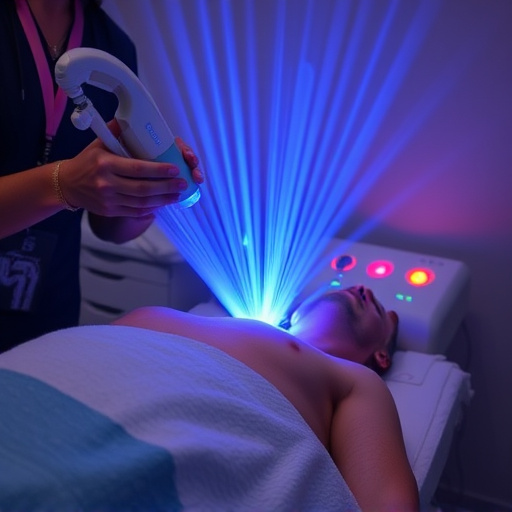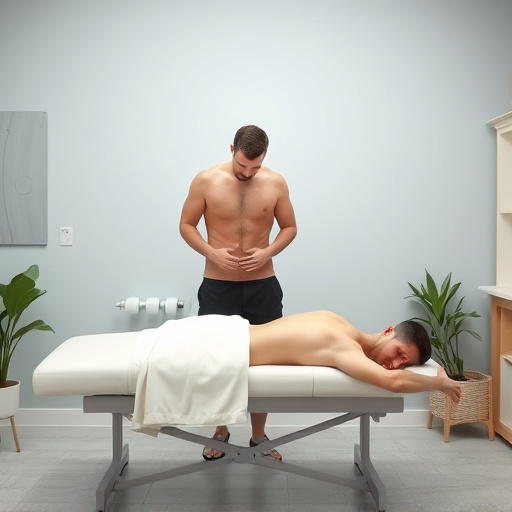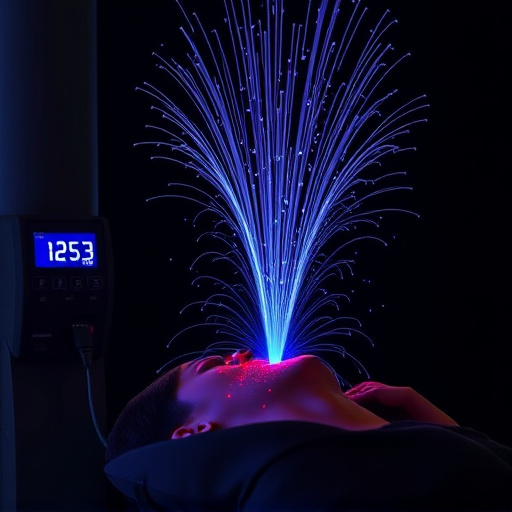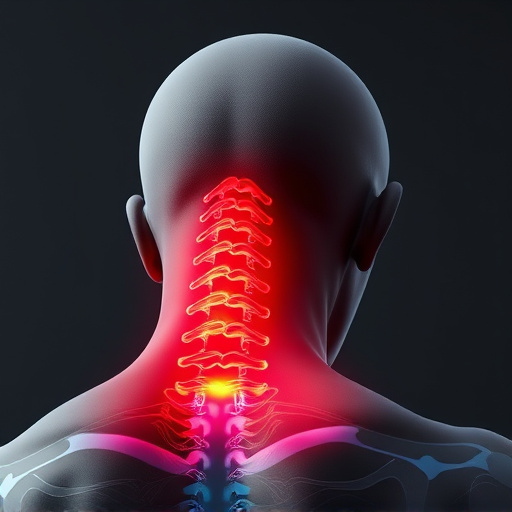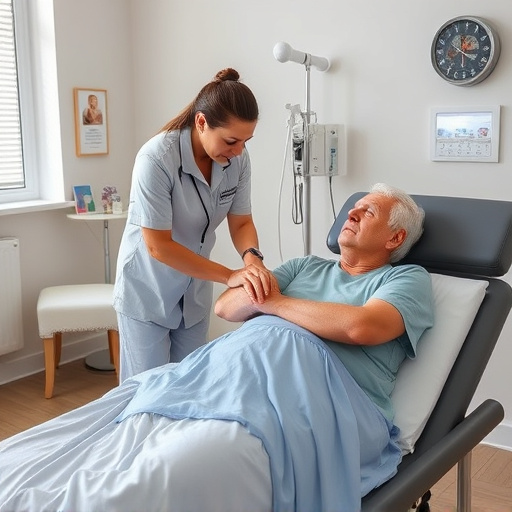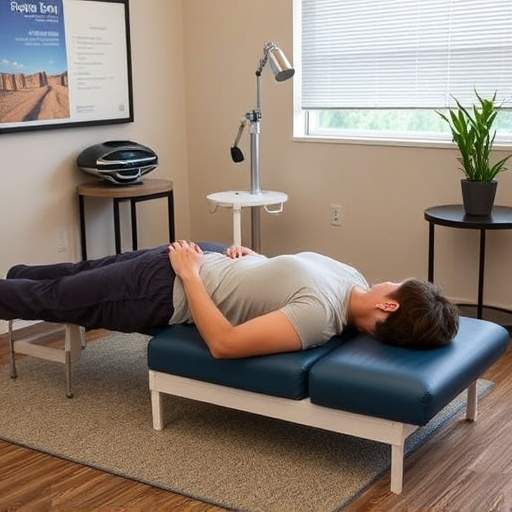Acoustic Wave Therapy (AWT) is a non-invasive, powerful tool for accelerating recovery and enhancing mobility. It successfully treats musculoskeletal disorders, improves circulation, and stimulates tissue repair, making it an ideal addition to traditional rehab programs. Integrating AWT into sports injury recovery routines can significantly improve patient outcomes, enabling athletes to return to their active lifestyles faster and with better overall performance. Future research aims to optimize AWT protocols for diverse conditions, solidifying its role as a transformative element in comprehensive rehabilitation.
Integrating acoustic wave therapy (AWT) into recovery programs represents a promising evolution in rehabilitation. This innovative approach leverages sound waves to stimulate tissue repair and enhance healing processes, complementing traditional treatments. By exploring the potential of AWT, we uncover its significant benefits for various recovery scenarios, from pain management to tissue regeneration. This article delves into the science behind AWT, highlights its advantages, discusses practical implementation strategies, and peers toward exciting future prospects in rehabilitation settings.
- Understanding Acoustic Wave Therapy: Unlocking the Potential for Healing
- Benefits of Integrating AWT into Recovery Programs
- Practical Implementation and Future Prospects in Rehabilitation Settings
Understanding Acoustic Wave Therapy: Unlocking the Potential for Healing
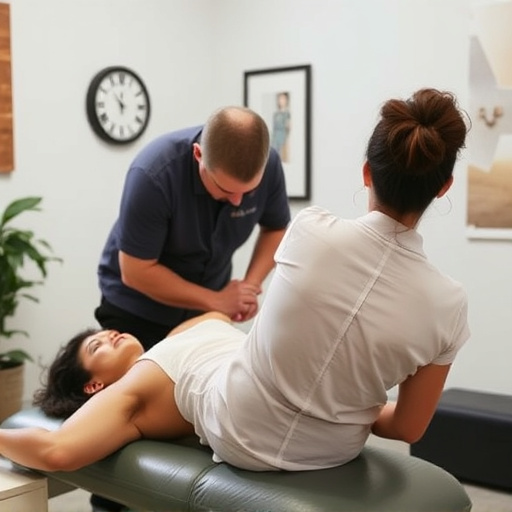
Acoustic Wave Therapy (AWT) represents a groundbreaking non-invasive approach to healing and recovery, offering a promising avenue for those seeking alternative treatments. This innovative therapy utilizes high-energy sound waves to stimulate cellular repair and regeneration, unlocking the body’s inherent ability to heal itself. By targeting specific tissues and structures, AWT can effectively address various conditions that impact mobility and overall well-being.
Understanding the potential of AWT lies in its versatility. It has proven successful in treating musculoskeletal disorders, including joint pain, muscle spasms, and even certain spinal adjustments. The therapy’s ability to enhance circulation and promote tissue repair makes it an ideal complement to traditional recovery programs. Personalized treatment plans can be tailored to individual needs, focusing on mobility improvement and providing long-lasting relief.
Benefits of Integrating AWT into Recovery Programs
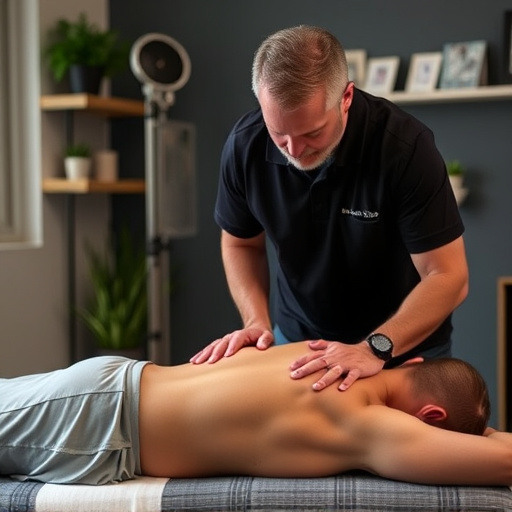
Integrating acoustic wave therapy (AWT) into recovery programs offers a multitude of benefits for individuals seeking rehabilitation, especially in the context of sports injury recovery and muscle recovery. AWT, known for its non-invasive nature, provides an innovative approach to enhancing traditional recovery methods. This therapeutic technique leverages sound waves to stimulate cellular repair, foster tissue regeneration, and promote faster healing. By combining AWT with conventional recovery practices, rehabilitation centers can significantly improve patient outcomes.
For athletes and active individuals dealing with sports injuries, AWT can be a game-changer. It accelerates the body’s natural healing process without the need for invasive procedures or prolonged downtime. The non-invasive treatment approach ensures patients can maintain their physical activities while simultaneously recovering, leading to quicker return to play and enhanced overall performance upon recovery.
Practical Implementation and Future Prospects in Rehabilitation Settings
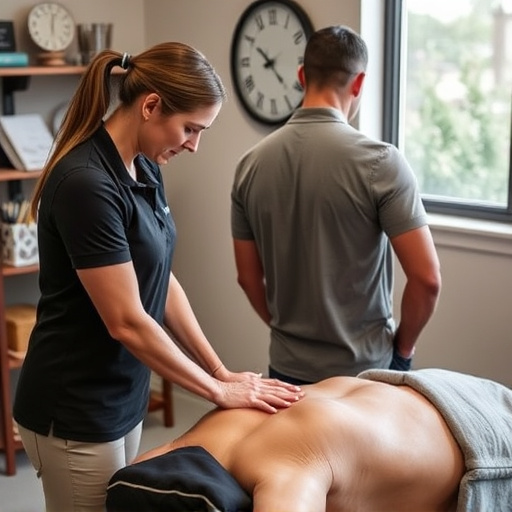
Integrating acoustic wave therapy into rehabilitation programs offers a promising avenue for enhancing patient outcomes and optimizing recovery processes. This non-invasive treatment approach has garnered attention due to its ability to promote muscle recovery, alleviate pain, and accelerate tissue repair. In practical terms, integrating this technology into rehab settings can be achieved through tailoring therapeutic exercises to incorporate acoustic wave therapy as a complementary modality alongside traditional chiropractic care.
Looking ahead, the future prospects of acoustic wave therapy in rehabilitation are encouraging. Ongoing research aims to refine treatment protocols and optimize parameter settings for various conditions, including sports injuries and post-surgical recovery. As evidence mounts, this innovative therapy is poised to become an integral part of comprehensive rehab programs, revolutionizing patient care by augmenting traditional therapeutic exercises and enhancing overall muscle recovery.
Acoustic wave therapy (AWT) offers a promising approach to enhancing recovery programs, combining non-invasive technology with therapeutic benefits. By integrating AWT into rehabilitation settings, professionals can unlock new possibilities for patient healing and improved outcomes. The practical implementation of AWT in various recovery scenarios demonstrates its versatility and potential to revolutionize care, making it an exciting area of ongoing research and development.








